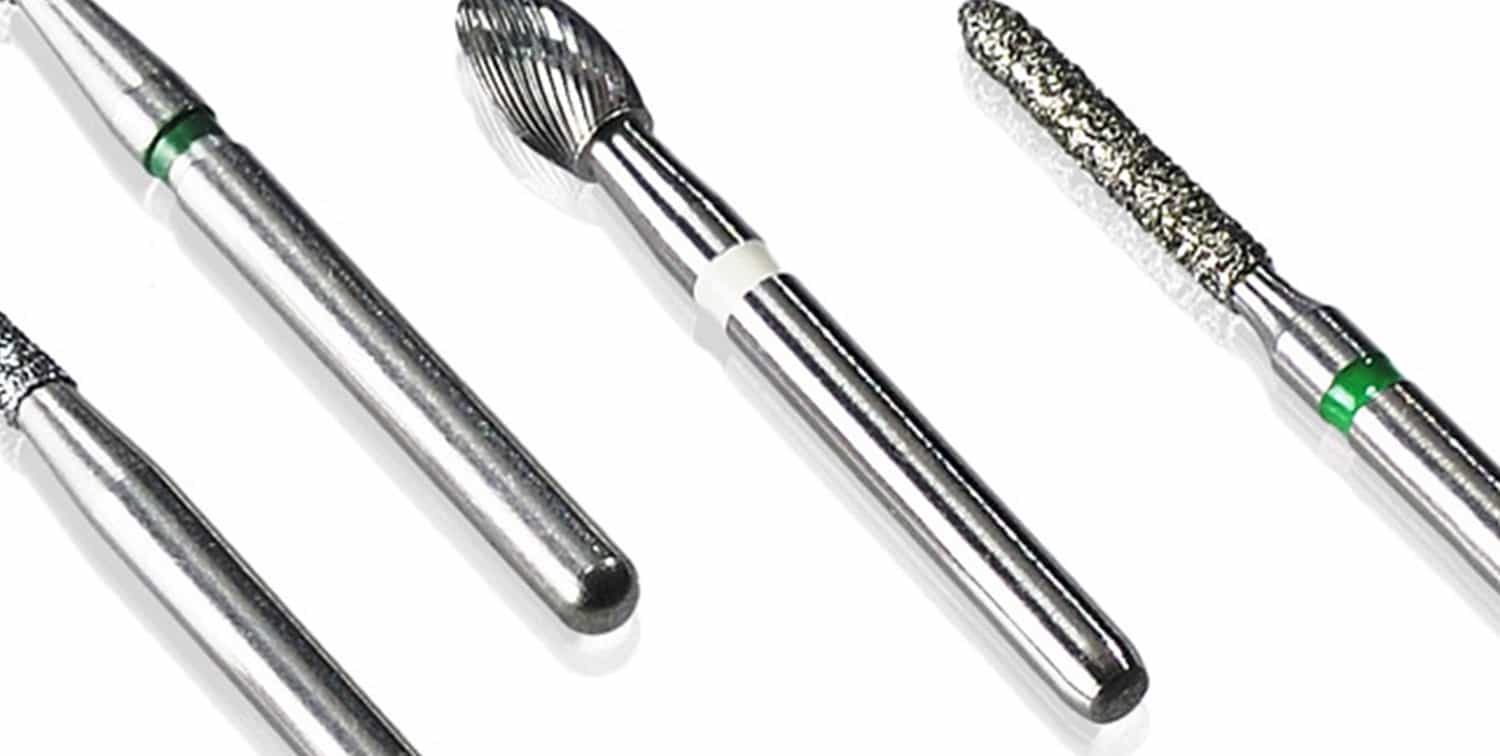salt bath carburizing
what is salt bath carburizing?
Due to their high heat capacity and thermal conductivity, molten salts are suitable for heat transfer in industrial plants. The high chemical reactivity of molten salts is particularly useful for the thermochemical cleaning of component surfaces.
Salt bath carburizing is a heat treatment process that is mostly used for small and medium-sized workpieces.
In the salt bath, the carbon to be diffused into the workpiece comes from a molten salt, a mixture of sodium cyanide (NaCN) and barium chloride (BaCl2).
salt bath carburizing process
The parts that are going to be carburized are placed in molten salts and treated at temperatures – quite similar to the treatment in furnaces – at around 850 °C to 950 °C. The targeted carburization depth is rather low and below 0.5 mm. Therefore, process times are usually short. By constantly monitoring the concentrations of potassium cyanide and potassium cyanate, the process remains stable and reproducibility is guaranteed.
After carburizing, the workpieces are usually quenched in another salt bath at lower temperatures between 160 °C and 200 °C. Again, the advantage of using molten salt is a very high uniformity of the quench effect on the workpiece without any kind of vapor bubbles.
benefits of salt bath carburizing
Salt bath carburizing offers the advantages of flexible use and high temperature uniformity around the part.
- High austenitizing temperatures possible
- Different required cooling rates possible
- Lower-dimensional change behavior of the components achievable
suitable materials
The chemical composition of the steels used for this purpose is tailored to case-hardening. They have a low carbon content of approx. 0.1% to 0.2% and – depending on the core hardness requirements – are only moderately alloyed with an alloy content of less than 2%.
- Unalloyed case-hardening steels
- Low-alloy case-hardening steels
fields of application
Salt bath carburizing is usually used for components that exhibit a higher dimensional change during conventional heat treatment in a chamber furnace with oil quenching.
However, due to the use of cyanide-containing salt, there are ecological concerns about this treatment. In addition, the disposal of the used salt is very cost-intensive.
benefits from our services, from the idea to series production
- Development of individual innovations
- Clarification of detailed questions
- Support from the idea to series production
- First-class customer care
- Top quality – no matter whether we are talking about small batches or large-scale production
- Certified according to DIN EN ISO 9001:2015, VDA 6.1:2016
frequently asked questions – salt bath carburizing
What is salt bath carburizing?
The process is one of the thermochemical surface layer hardening processes, except that the carbon to be diffused in does not come from a gas phase, but from a liquid molten salt.
How long does the carburizing process take in a salt bath?
The process time can take from a few minutes to several hours.
Are there any disadvantages or limitations to salt bath carburizing?
Disadvantages are the non-bright metallic surface appearance after salt bath carburizing and possible salt residues in bores, threads or undercuts.
What types of metals can be treated by carburizing in a salt bath?
All types of metallic ferrous materials.
industries we serve
process locations
Any questions? Contact us directly or select a process location near you.
Werther
Germany 52.085558.42509 info.werther@aalberts-st.com +49 5203 97405 show locationLetchworth
United Kingdom 51.9887569-0.2038797 info.letchworth@aalberts-st.com +44 1462 472100 show locationThe Aalberts websites use cookies (read more) to analyse website usage and improve usability. We also use third party tracking-cookies to measure user preferences, enable content sharing on social media and interest-based advertising. If you hit 'accept' you allow to us to place the different types of cookies.
privacy overview
| Cookie | Duration | Description |
|---|---|---|
| cookielawinfo-checkbox-analytics | 1 year | This cookies is set by GDPR Cookie Consent WordPress Plugin. The cookie is used to remember the user consent for the cookies under the category "Analytics". |
| cookielawinfo-checkbox-necessary | 1 year | This cookie is set by GDPR Cookie Consent plugin. The cookies is used to store the user consent for the cookies in the category "Necessary". |
| cookielawinfo-checkbox-others | 1 year | This cookie is set by GDPR Cookie Consent plugin. The cookie is used to store the user consent for the cookies in the category "Others". |
| cookielawinfo-checkbox-performance | 1 year | This cookie is set by GDPR Cookie Consent plugin. The cookie is used to store the user consent for the cookies in the category "Performance". |
| elementor | never | This cookie is used by the website's WordPress theme. It allows the website owner to implement or change the website's content in real-time. |
| Cookie | Duration | Description |
|---|---|---|
| cookielawinfo-checkbox-functional | 1 year | The cookie is set by GDPR cookie consent to record the user consent for the cookies in the category "Functional". |



